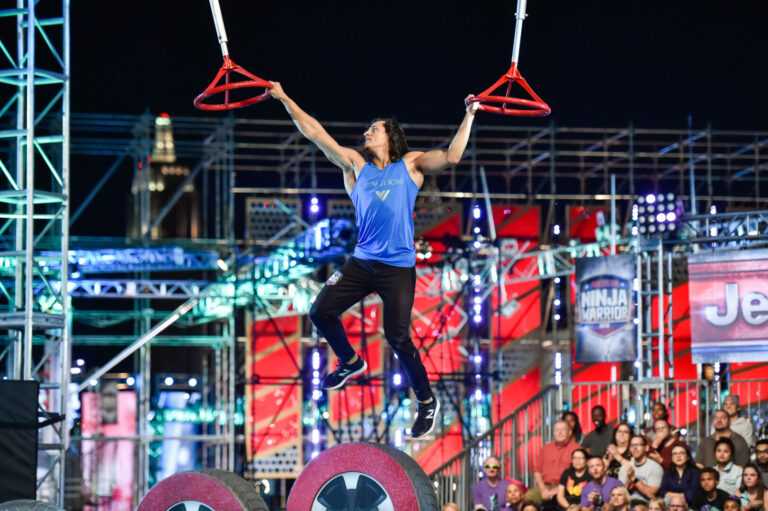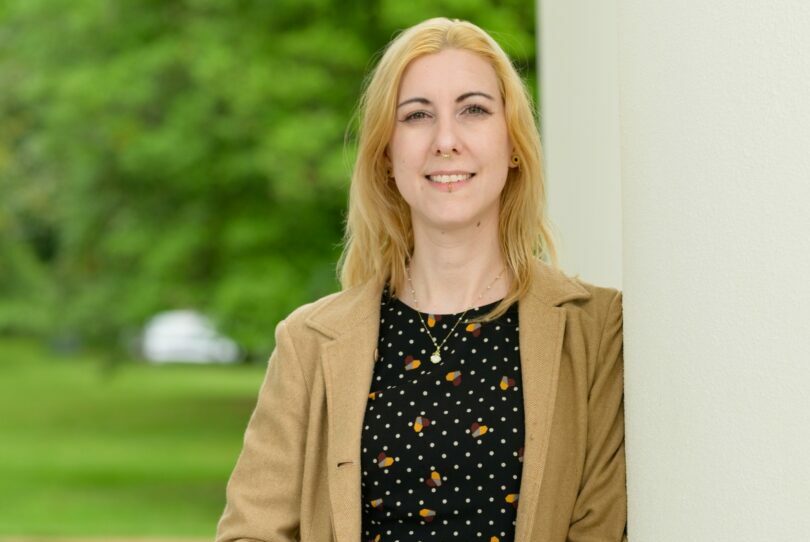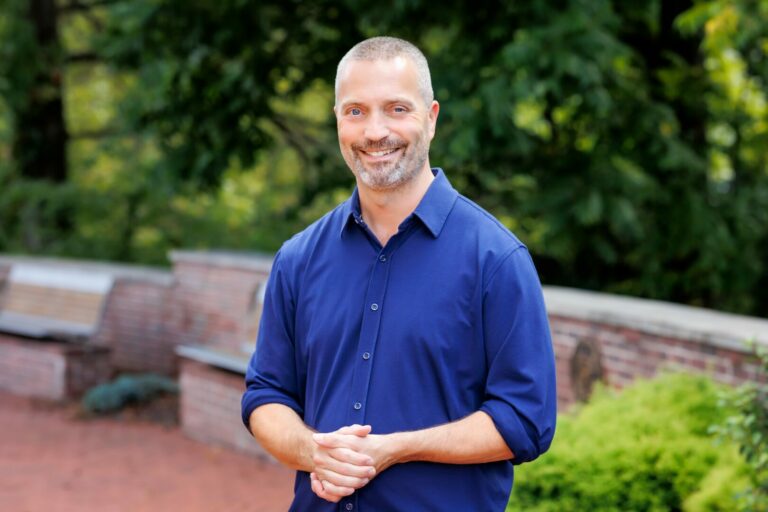We recently had the chance to connect with Yan Jin and have shared our conversation below.
Hi Yan, thank you so much for joining us today. We’re thrilled to learn more about your journey, values and what you are currently working on. Let’s start with an ice breaker: Have any recent moments made you laugh or feel proud?
Recently, I proudly joined an artist residency in Barcelona, Spain. Unlike many other residency programs, Homesession only hosts one artist at a time. The living space was directly above the studio, which meant I could work and rest without any interruptions—a setup that felt absolutely perfect. In my free time, I had the chance to wander around and explore different parts of the city.
Over the course of the two-month residency, I put up a solo residency exhibition. All of the materials I used were sourced locally in Barcelona. Communicating with shop owners through Google Translate while buying supplies turned into a fascinating and fun experience in itself. It made the whole process feel unique and memorable. Barcelona is such a convenient city; you can truly find everything you need here.
Visitors told me how much they enjoyed the exhibition at the opening night, which made me feel incredibly proud. Although I didn’t have enough time to speak with everyone individually, the atmosphere was warm and lively. We shared some Estrella Galicia beers together, and even at the very end, no one really wanted to leave. I snapped a few Polaroid shots that night, and I still keep them at home in New York as a little treasure from that time.
Can you briefly introduce yourself and share what makes you or your brand unique?
I’m an interdisciplinary artist based in US. My works include photographs, video and multi-media installations. I had my bachelor’s degree in French as a foreign language. During my undergraduate, I went to France as an exchange student and spent a semester there. I shared a room with a friend who was very keen on photography at that point. After I came back, I started to shoot with film cameras, first a Minolta x-700 then a Bronica sq-ai until it broke during a trip. In 2018, I moved to New York and started my MFA program at the School of Visual Arts, Photography, Video and Related Media department and received my master’s degree there and that was the start of my artistic practice. My language background and my experience living in foreign countries had a huge impact on me, led me to my focus on language being a communication system, but also discusses how language, being part of our cognition derived from perception of the world, addresses ones relationship with this outer world.
My works include photography, videography, sculptures and installations and have been widely exhibited and screened in the United States, Europe, and Asia. Solo and Two-Person shows include “Cremeschnitte” at Homesession (2025, Barcelona, Spain), “I Don’t Want to Make Photograph Anymore” at Three Shadows Photography Art Center (2023, Xiamen, China), “Little Lies and Counterweights, Little Lies and Counterweights” (2023, New York, US) and “I Should Use A Language Not to be Betrayed” (2023, Seoul, South Korea).
Great, so let’s dive into your journey a bit more. What’s a moment that really shaped how you see the world?
Going to art school in New York was a life-changing experience. Before this, my understanding of art was much like the general public’s. I could only approach artworks from its appearance. Attending art school and studying art history allowed me to develop a deeper and broader way of seeing: to understand an artwork’s place within art history and to recognize its innovative and revolutionary significance. This laid the foundation for me to engage more fully with contemporary works. The conceptual art of the 1960s and 70s has had a profound impact on me. In Marcel Duchamp, Joseph Kosuth, and the many contemporary artists influenced by them, I found important points of reference for my own practice.
I am particularly drawn to artworks that stimulate inquiry and challenge our conventional assumptions. I applaud photographic works by artists such as Thomas Demand, Penelope Umbrico, Lucas Blalock. All these artists interrogate the nature of photography in their own respective ways. And I am very lucky to have Penelope and Lucas as my instructor during my time at SVA, and we still keep a close relationship since then.
Apart from the photographic artist I mentioned, I like to name a few multi-media artists whose works are more installation-based. I am constantly inspired by Christian Boltanski, Mika Rottenberg, Félix González-Torres, Hans Haacke, an incredible contemporary artist, whose later works are research-based installations on Institution Critique. And a few video artists, Harun Farocki, Bill Viola, Shelly Silver.
My favorite writers would be W. G. Sebald and Jorge Luis Borges, the latter I paid tribute to in many of my artworks.
My work constantly challenges conventional notions that we often take for granted. I believe that the most crucial aspects of things are often hidden in their simplicity and familiarity. Through my work, I aim to reveal these hidden facets, making people aware and prompting them to reconsider these overlooked things.
My work keeps posing questions and challenging the notions we take for granted. I constantly redefine the found photo and found objects by various procedures including scanning, retouching, erasing, etc; blurring the gaps between presence and absence, and bringing disparate binaries in dialogue with one another. I’m obsessed with working with found objects because they are so banal, boring, and usually don’t catch any attention. For me, I’d like to reinvent the meaning of these ready made objects, to build layers on top of their basic functionality and to make people think about them again.
If you could say one kind thing to your younger self, what would it be?
I think I would tell my younger self to read more, and to practice speaking in front of others—to build both the habit and the confidence. Most importantly, I would remind myself to be patient. Even if you don’t see immediate results from the time and work you invest in a project, all of it becomes part of you, and those efforts will benefit you for a lifetime.
So a lot of these questions go deep, but if you are open to it, we’ve got a few more questions that we’d love to get your take on. What would your closest friends say really matters to you?
It’s not so much about the specific words my friends say, but rather about their support. No matter what happens, you know your friends are always there for you—and even if you haven’t seen each other for a long time, some things never change.
What left the deepest impression on me recently was something a friend told me: “If it’s something you really want to do, then go for it—don’t worry about the money.” What she meant was that if I ran into budget problems, she would cover the shortfall. In the end, everything went smoothly and I didn’t need her to step in, but those words touched me deeply. It showed me her unconditional support for my work, and her trust in me, and that feeling was just incredible. The same friend even got on a plane to come see my solo show. She was so proud of me, and it made me realize that the meaning of what I do isn’t just about me alone.
Thank you so much for all of your openness so far. Maybe we can close with a future oriented question. What will you regret not doing?
I don’t like the feeling of regret. That’s why whenever I have the chance to do something I want to do, I give it everything I’ve got. Even if the conditions aren’t ideal, I try my best to change the situation and make it happen. Because of this, there aren’t many things I truly regret—especially not because I didn’t try. If I regret anything, it’s usually that I could have done something better.
This happens most often in the final days before a solo exhibition opens. After working and thinking so intensely, new ideas come rushing in at the very last moment. But time is limited, and you realize that some of them simply can’t be realized in time. If only those ideas had come to you earlier, the art piece could have been even better.
I love spending my days outside searching for inspiration and materials, then coming back at night, when I’m alone, to organize my thoughts. I’ll test out the materials I found during the day, see if my ideas hold up, and then head out again the next day to find new materials based on what I discovered the night before.
I enjoy taking on challenges and trying new things before coming to any conclusions. So, whenever I have an idea, my initial reaction is to give it a try! Definitely I’ll face many difficulties along the way, however I find joy in the process of analyzing and collecting information to overcome these obstacles.
This is especially true in creating my work. I start down a new path, face obstacles, try to solve them, and during that process, my idea gradually takes shape and becomes clearer. Rather than having a clear vision of what the final piece should look like from the beginning, it’s more like it comes together over time through experimentation and exploration.
Contact Info:
- Website: https://yanjin.art/
- Instagram: https://www.instagram.com/yanjin.art/
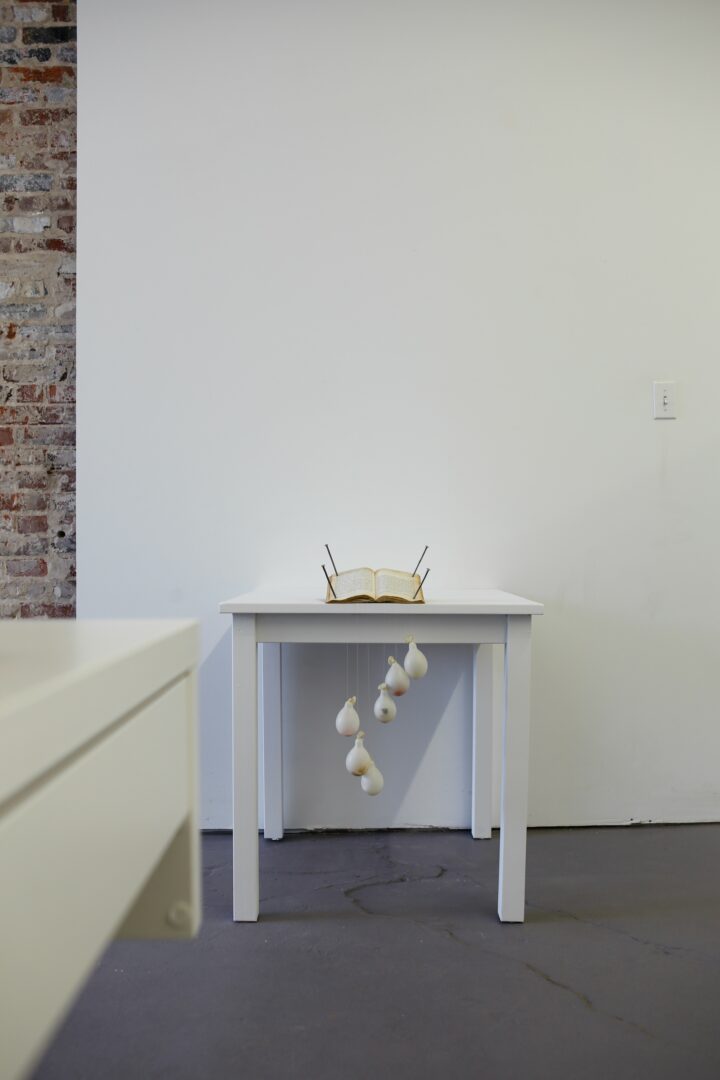
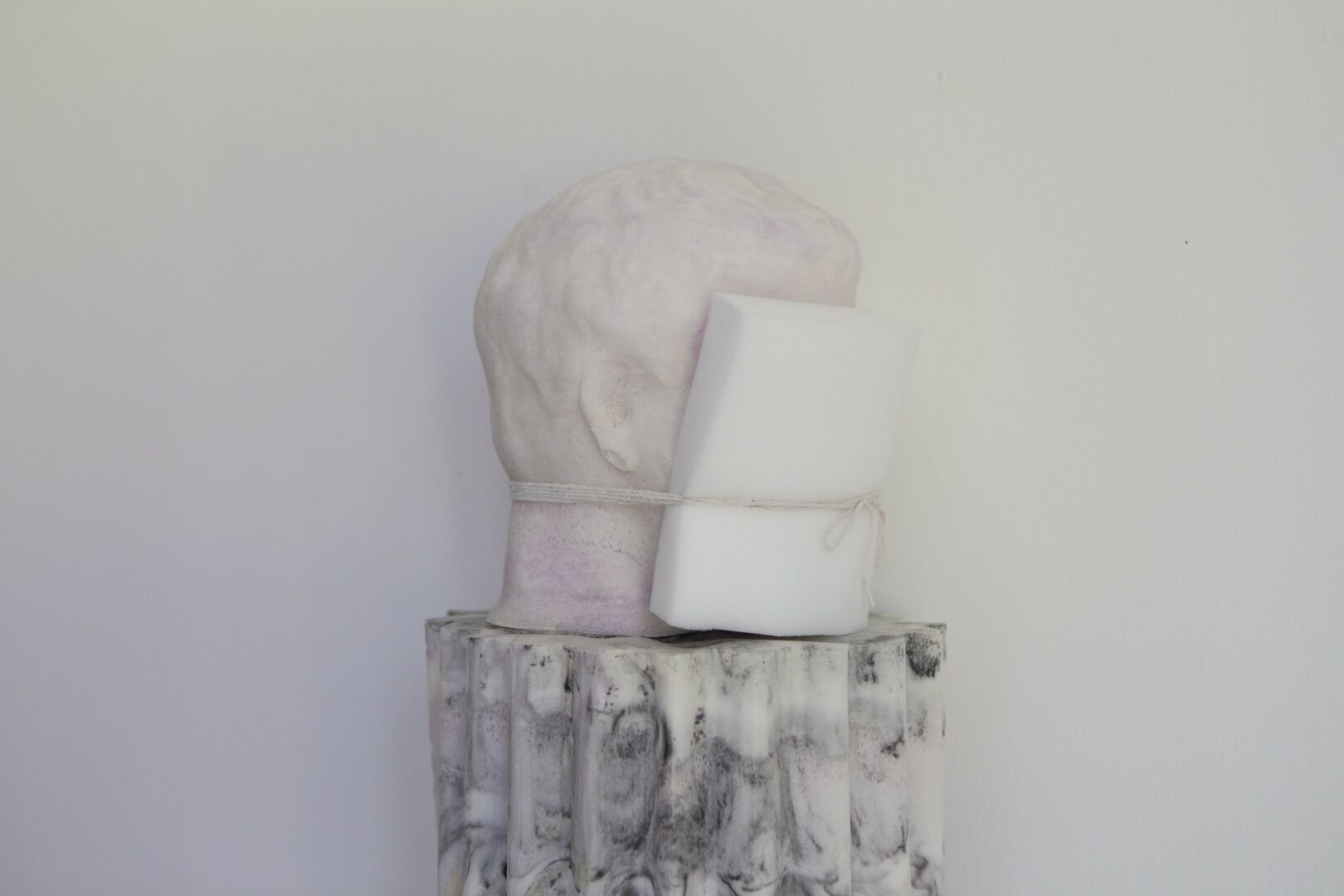
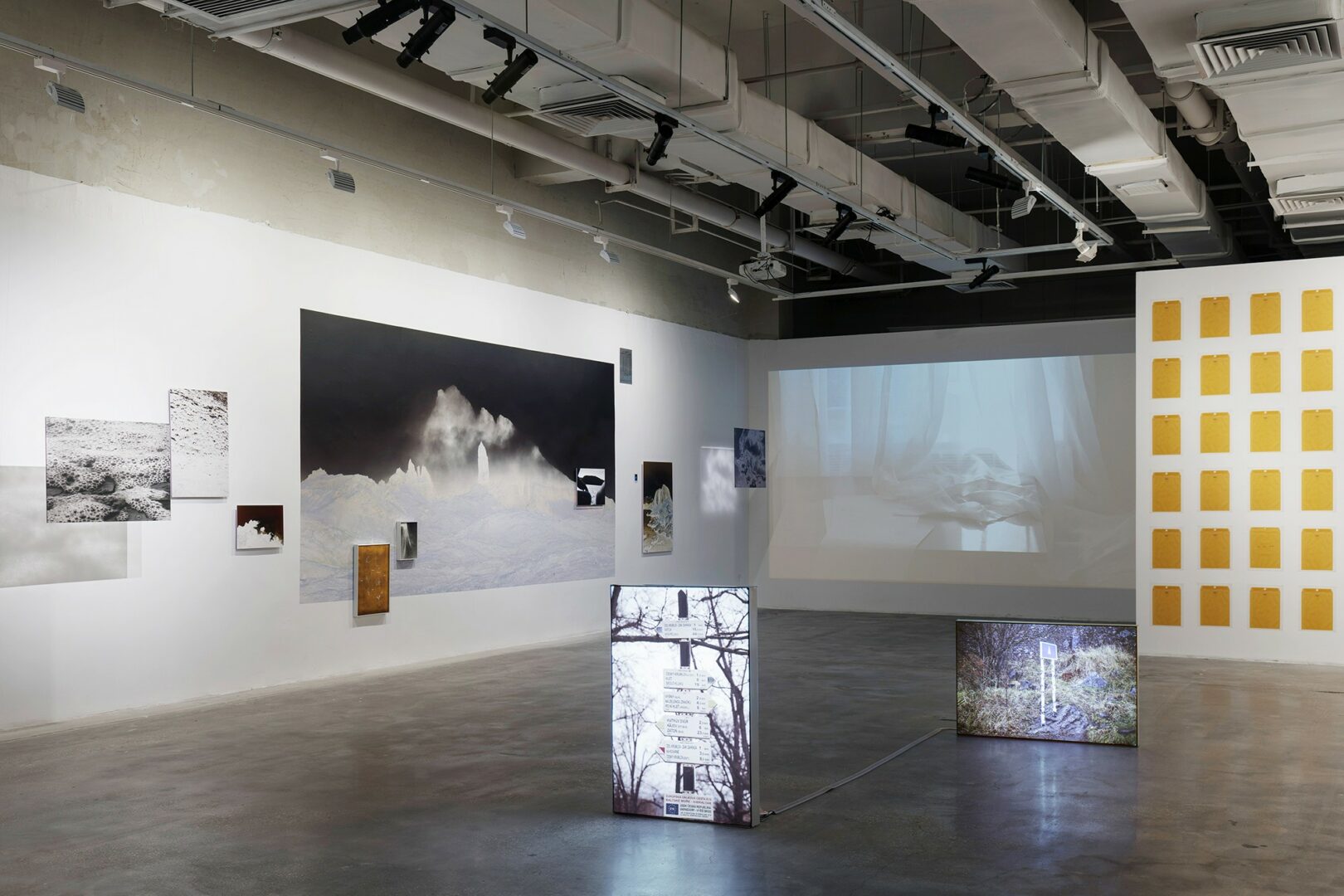
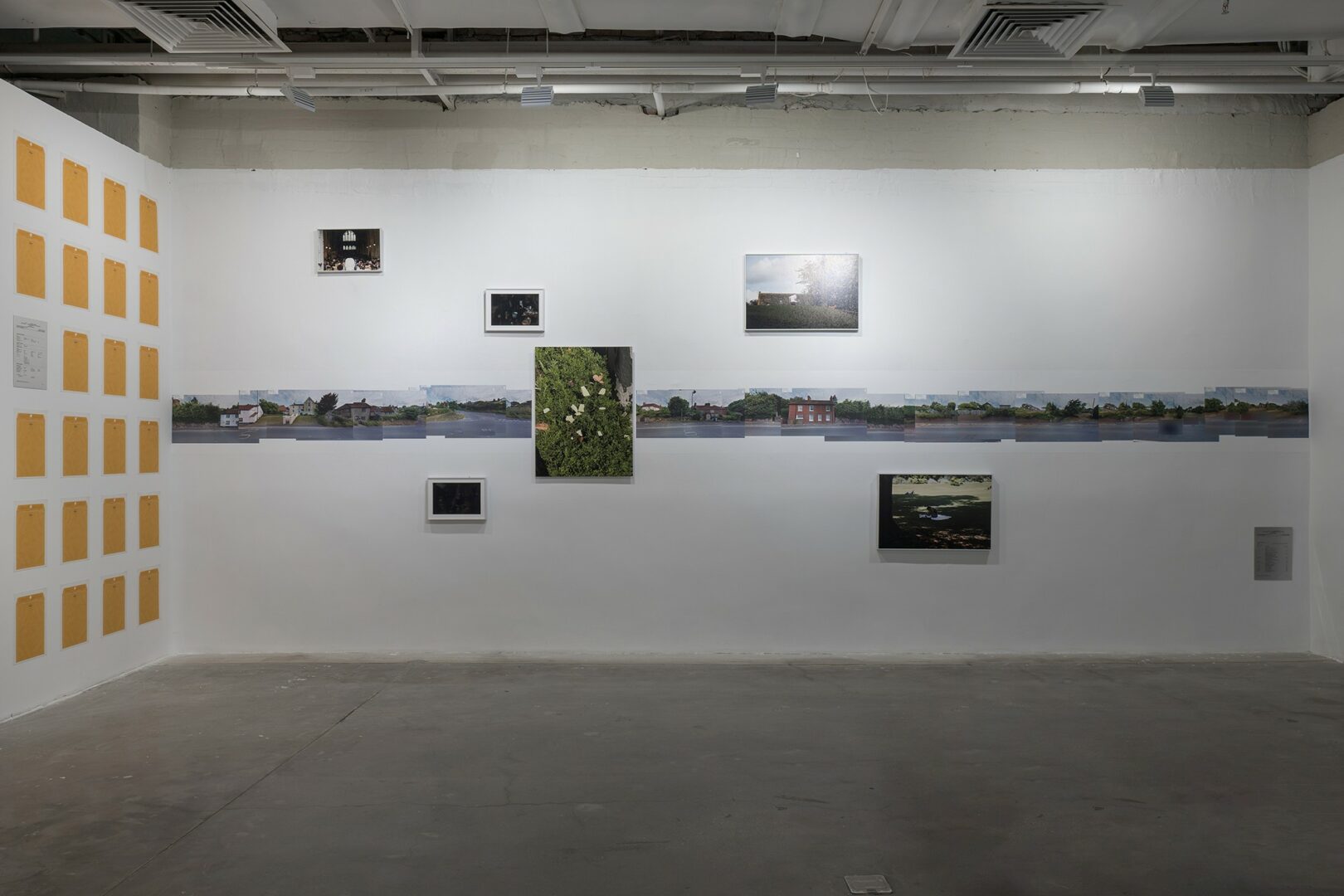

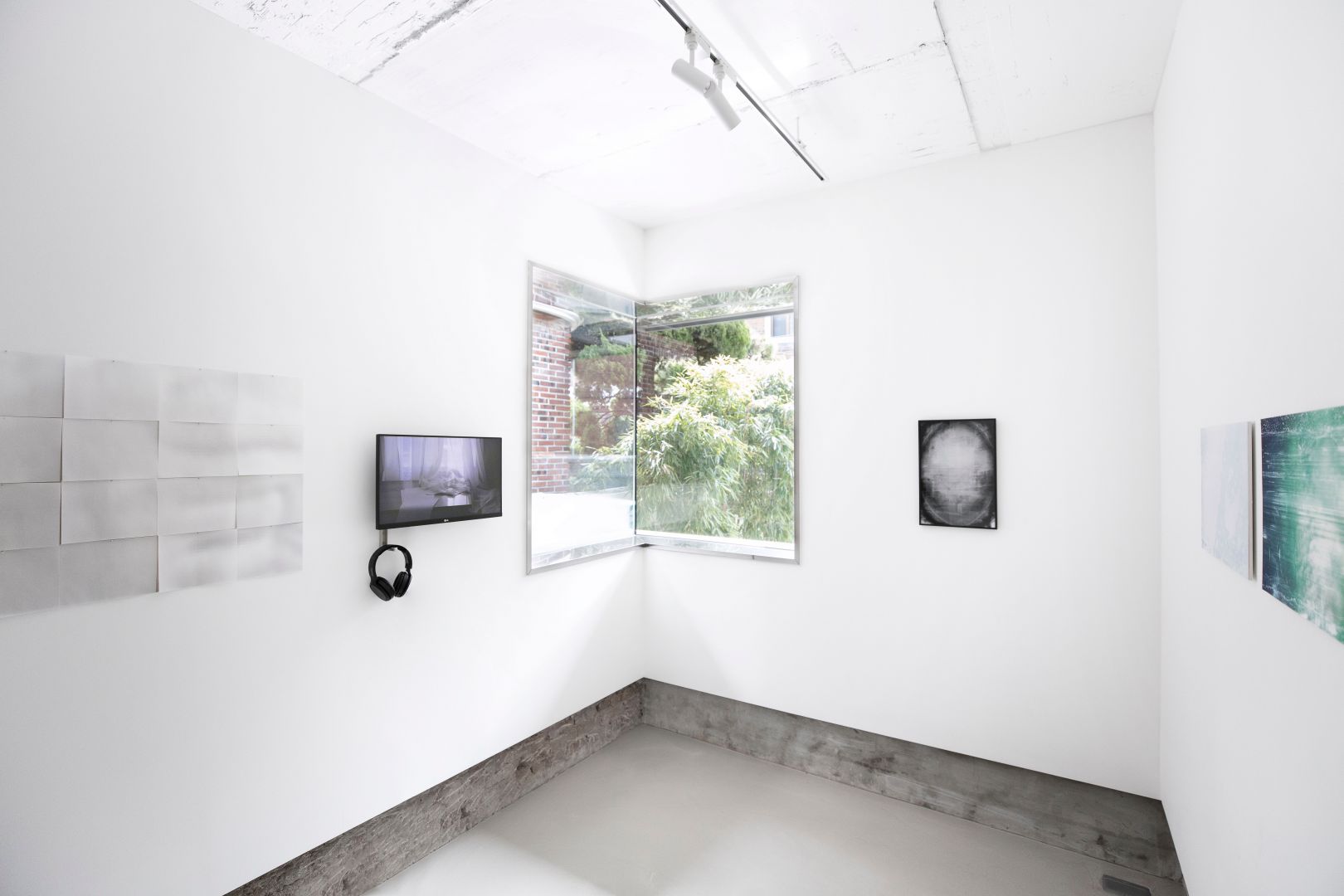
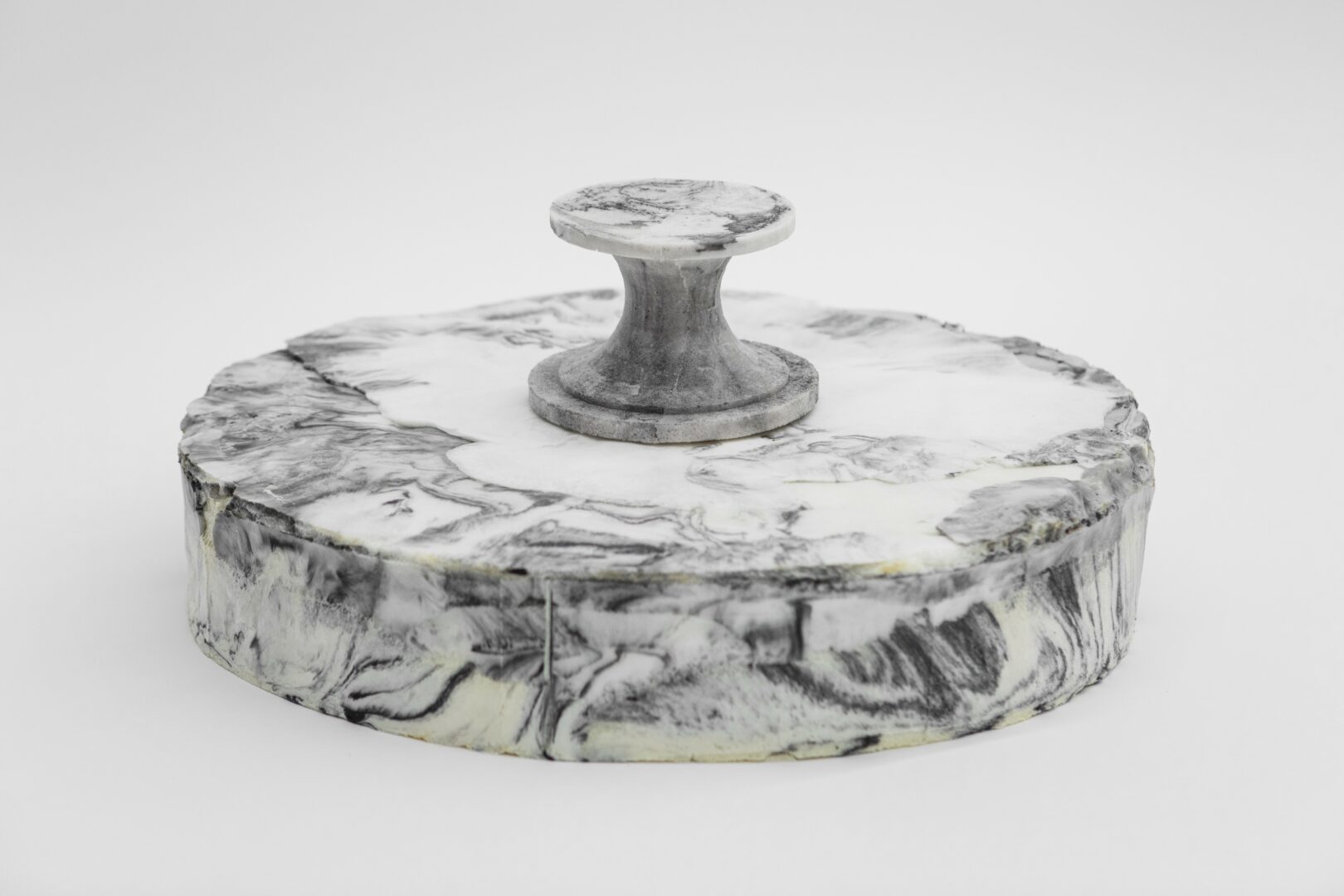
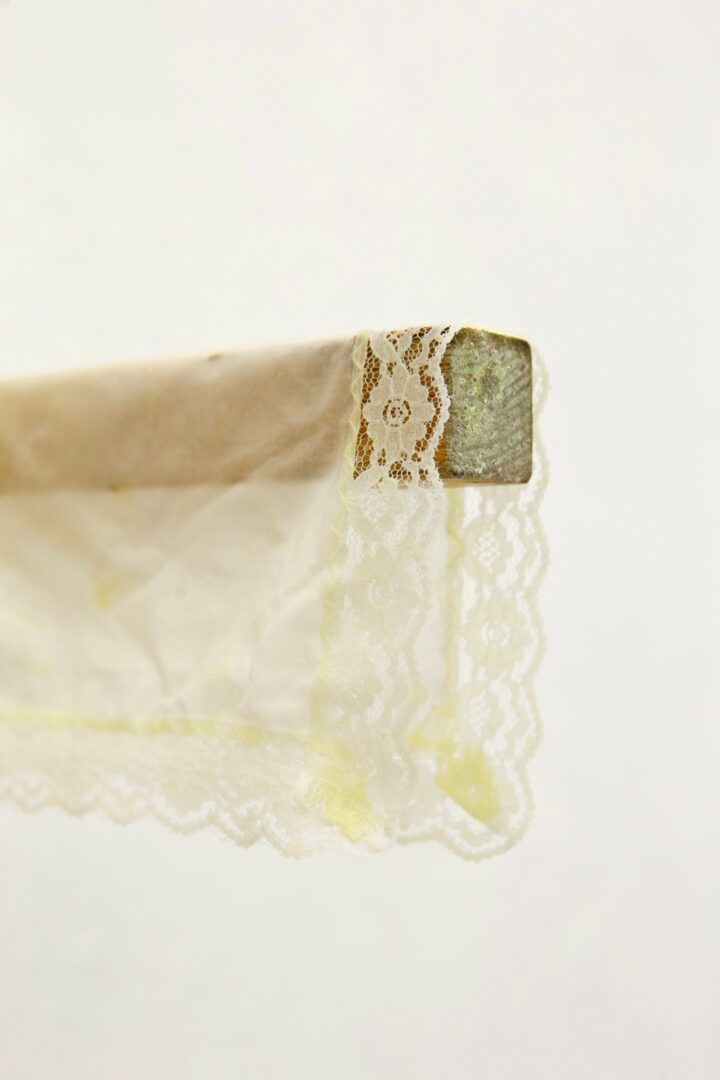
so if you or someone you know deserves recognition please let us know here.


